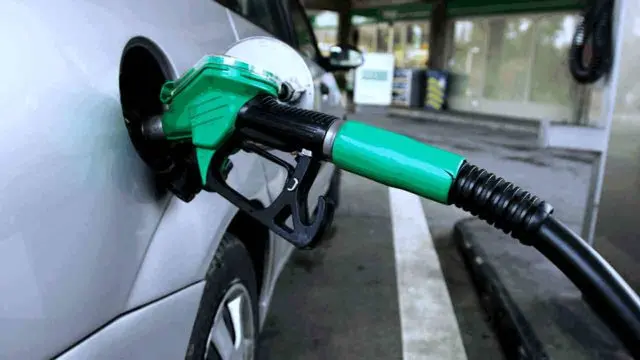Global demand for petrol is expected to remain stagnant by 2024 as the adoption of electric vehicles (EVs) accelerates, according to analysts.
The growth of global petrol demand is projected to halve in 2024, squeezing refinery margins in the latter half of the year. This shift is primarily driven by the increasing popularity of electric cars in China and the United States, coupled with a return to pre-pandemic consumption levels following the COVID-19 rebound.
Consultancy firm Wood Mackenzie forecasts that global petrol demand will only increase by 340,000 barrels per day (bpd) this year, reaching 26.5 million bpd. This growth is down from the 700,000 bpd increase seen last year. China, nearing peak transport fuel demand, and the United States, which has already surpassed it, are key factors in this slowdown.
The penetration of electric vehicles in both the U.S. and China is on the rise. Chinese demand is expected to grow by just 10,000 bpd this year due to higher EV adoption, according to Sushant Gupta, an analyst at Woodmac.
Another consultancy, Rystad Energy, estimates global gasoline demand at around 26 million bpd in 2024, a modest increase of about 300,000 bpd from 2023. This growth is fueled by the consumption surge after the pandemic. China, now a major market for EVs, is anticipated to account for over half of all EV sales in 2024, according to the International Energy Agency (IEA).
Gasoline consumption in China, the world’s largest crude importer, is forecasted to grow by about 1.3 per cent or 2 million tons to 165.1 million metric tons (3.8 million bpd) this year, according to research by a branch of China National Petroleum Corp (CNPC).
Sinopec, China’s largest refiner, expects gasoline demand to increase by 1.7 per cent or about 3 million tons to 182 million tons in 2024.
Lower prices are boosting demand, with the IEA estimating that the share of electric cars sold in 2024 could reach 45 per cent in China, 25 per cent in Europe, and over 11 per cent in the United States.
In contrast, robust car sales, coupled with strong economic growth and low EV penetration, are driving gasoline demand in countries like India and Indonesia. India’s petrol consumption is expected to reach a record 39.2 million tons (908,000 bpd) in the year ending March 2025, up around 5 per cent from the previous year.
U.S. gasoline consumption fell to about 376 million gallons per day (8.94 million bpd) in 2023 from a record 392 million gallons in 2018. Analysts expect demand to remain flat in 2024.
This stagnation is likely to keep U.S. refining margins under pressure even after the peak summer driving season, according to analysts.
In Europe, gasoline demand is projected to grow by 50,000 bpd or 2.3 per cent in 2024 to 2.19 million bpd, in line with recent trends, according to FGE.
However, stagnant European demand and increasing competition from Nigeria’s new Dangote refinery, the largest in Africa and Europe, which could add 280,000-300,000 bpd of gasoline to global supplies, will put pressure on European refining margins, Woodmac suggests.
Gasoline margins in the United States and Asia have risen 85 per cent this year to around $29 per barrel of WTI crude and 29 per cent to about $13 per barrel of Brent crude, respectively, on expectations of strong summer demand, according to LSEG data.
Early gains in margins were driven by refinery outages in Asia and the U.S., while higher freight costs due to attacks on Red Sea shipping and Russian energy infrastructure supported European gasoline markets. Eurobob gasoline was valued at around $23 per barrel of Brent crude on May 1, up from an average of $19.67 in April last year, according to the data.





